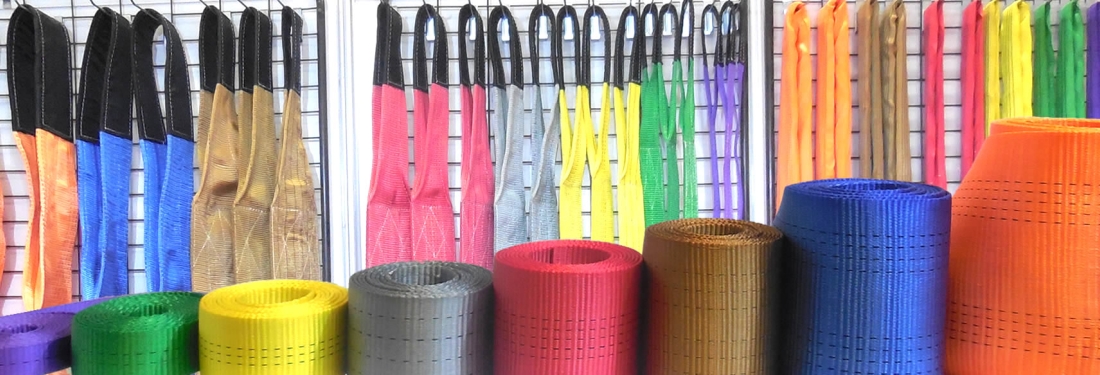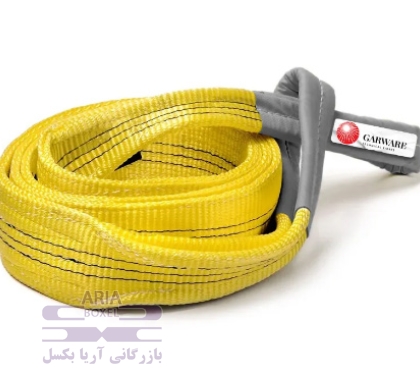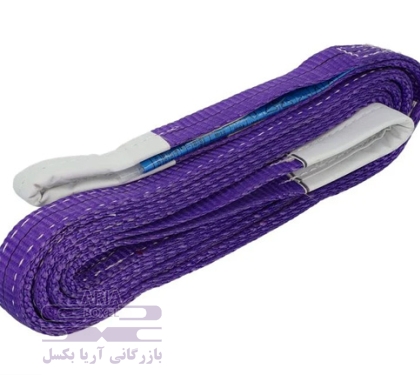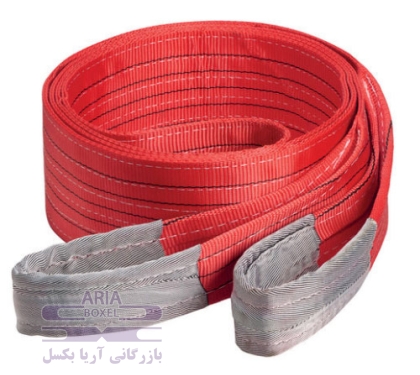
A webbing sling is manufactured from high-strength polyester fibers (PES) and is widely used in lifting applications due to its lightweight and flexible structure. These slings are produced in capacities ranging from 1 to 50 tons, with standardized color coding according to EN1492 for quick identification of their working load limits. The typical safety factor is 7:1, meaning a sling rated for 5 tons can withstand up to 35 tons before failure under testing. The width of webbing slings varies between 25 mm and 300 mm, and greater width directly increases the load-bearing capacity.
One of the main technical advantages of webbing slings is the even distribution of load forces, which minimizes the risk of damaging the lifted object. Their flexibility makes them especially suitable for handling delicate loads such as painted machinery parts or glass components. They can operate safely within a temperature range of -40°C to +100°C, though protective corner sleeves should be used against sharp edges to prevent abrasion. The service life of a webbing sling depends on periodic inspection of the stitching, labels, and fibers, and any visible cuts, wear, or significant discoloration are indicators for immediate replacement.



